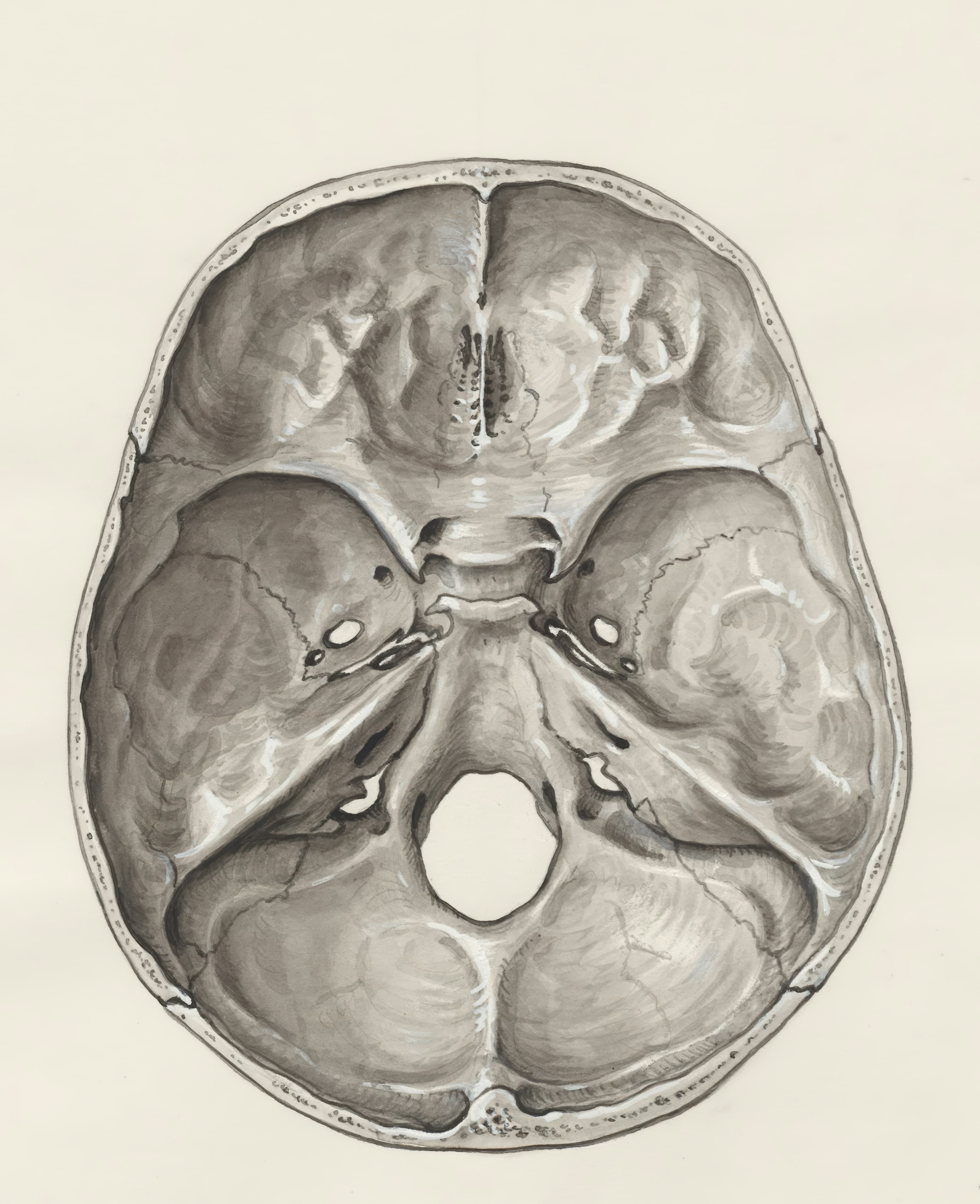Acne rosacea, often referred to as just rosacea, is a chronic inflammatory skin condition that primarily affects the face. It typically appears as redness and flushing of the cheeks, nose, forehead, and chin, accompanied by small pus-filled bumps and visible blood vessels. Unlike common acne, acne rosacea does not involve blackheads or whiteheads.
What is Acne Rosacea?
Distinguishing Acne Rosacea from Common Acne
Differentiating between acne rosacea and common acne can be challenging, as they share some similarities in appearance. However, there are some key differences to help distinguish the two. Acne rosacea typically affects adults, usually over the age of 30, while common acne is most common during adolescence. Additionally, acne rosacea primarily affects the central face, while common acne can appear on the face, back, chest, and shoulders.
Delving into the Causes of Acne Rosacea
The exact cause of acne rosacea is still unknown. However, various genetic and environmental factors are believed to play a role. Genetics can predispose individuals to having a dysfunctional skin barrier, increased blood vessel reactivity, and an overactive immune response in the skin. Environmental factors such as sun exposure, extreme temperatures, and certain triggers like alcohol, spicy foods, and hot beverages can contribute to flare-ups.
Acne Rosacea and Its Impact on the Nose
One distinct characteristic of acne rosacea is its tendency to affect the nose, leading to a condition called rhinophyma. Rhinophyma is a progressive skin condition that causes the nose to become red, swollen, and bumpy due to the excessive growth of sebaceous glands. While the exact cause is uncertain, it is believed to be influenced by genetic factors and chronic inflammation.
Why the Nose is a Common Target
The nose is a common target for acne rosacea due to its high density of blood vessels and sebaceous glands. The increased blood flow to the area and the hyperactivity of oil glands make the nose more susceptible to inflammation and the development of acne rosacea symptoms. Additionally, factors like sun exposure and chronic rubbing or irritation of the nose can exacerbate acne rosacea in this area.
Rosacea or Acne: Making the Distinction
Differentiating between acne rosacea and common acne can be challenging, but understanding their key differences in symptoms and causes can be helpful. Unlike acne, rosacea is often characterized by persistent redness and flushing, small pus-filled bumps, and visible blood vessels. Acne, on the other hand, typically involves blackheads, whiteheads, and larger inflammatory lesions. It is essential to consult a dermatologist for an accurate diagnosis to ensure appropriate treatment.
Comprehensive Treatment Options for Acne Rosacea
Although there is no cure for acne rosacea, several treatment options aim to manage its symptoms and minimize flare-ups.
Medical Treatments and Prescriptions:
Medical treatments may include topical and oral medications. Topical treatments, such as metronidazole or azelaic acid, can help reduce inflammation and redness. Oral antibiotics, such as doxycycline or minocycline, are often prescribed for moderate to severe cases to combat the underlying bacterial inflammation. In some cases, isotretinoin may be considered for severe or unresponsive acne rosacea.
Lifestyle Changes and Natural Remedies:
Certain lifestyle changes can help manage acne rosacea. Protecting the skin from sun exposure, avoiding triggers like spicy foods and alcohol, and gentle skin care can help reduce flare-ups. Natural remedies such as green tea extract, licorice extract, and chamomile may also provide some anti-inflammatory benefits when used topically.
In conclusion, understanding acne rosacea and its distinct characteristics is essential for effective management. While there is no cure, various medical treatments and lifestyle changes can help reduce symptoms and improve quality of life for individuals with acne rosacea.
Neurovascular processes and neurogenic inflammation in rosacea
Neurovascular processes and neurogenic inflammation play a crucial role in the pathogenesis of rosacea. Neurovascular processes involve the communication between nerves and blood vessels, leading to the dilation or constriction of the vessels. In rosacea, the activation of sensory nerves can trigger the release of neuropeptides, such as substance P and calcitonin gene-related peptide, which in turn can cause vasodilation and inflammation. This neurogenic inflammation leads to the characteristic flushing and redness seen in rosacea. Furthermore, it is believed that the abnormal function of transient receptor potential (TRP) channels in sensory nerves may also contribute to the neurogenic inflammation seen in rosacea. In addition to neurogenic inflammation, the immune system also plays a role in the pathogenesis of rosacea. This complex interplay between neurovascular processes, neurogenic inflammation, and immune responses highlights the multifactorial nature of rosacea. Understanding these processes is crucial for the development of targeted therapies that can modulate neurogenic inflammation and provide relief for individuals suffering from this chronic and often debilitating skin condition.





